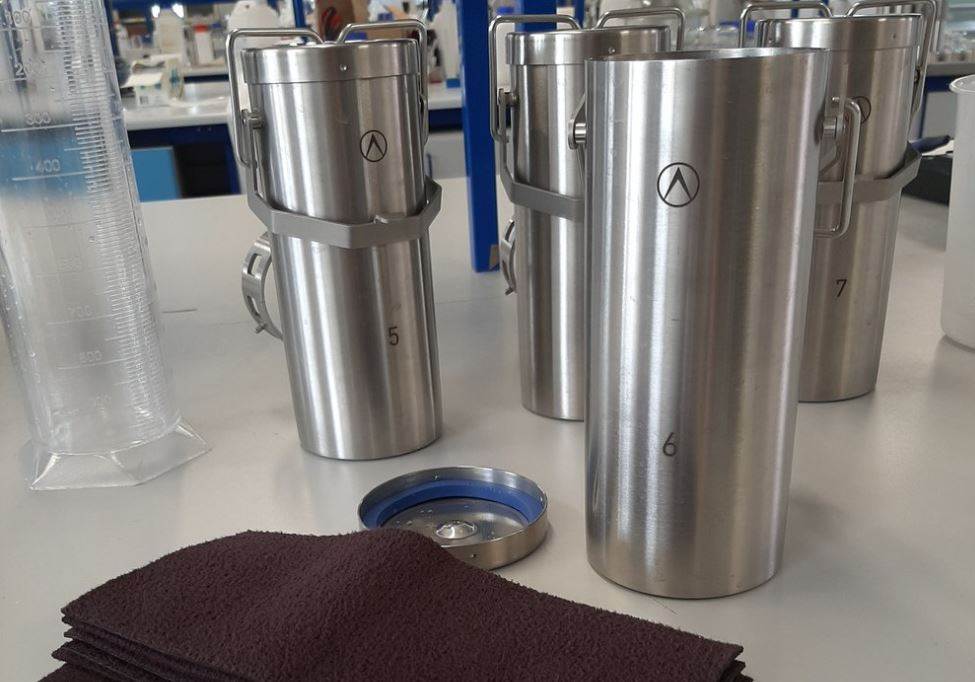Optimism from Microfibre Consortium but challenges ahead

The Microfibre Consortium (TMC) has published an update on work being done to address fibre fragmentation to meet a global commitment to work towards zero impact from fibre fragmentation from textiles to the natural environment by 2030.
TMC suggests the report, ‘The Microfibre 2030 Commitment: An Update on Progress’, highlights five developments:
1. Addressing fibre fragmentation is now a crucial component in the sustainability strategies of apparel brands
2. Transitioning from the initial ‘activate’ phase of The Microfibre Roadmap to a new stage of ‘implement’ has signalled a new era of driving actionable change
3. Managed by TMC, the Microfibre Data Portal is the largest dataset for root-cause analysis to support science-led product change
4. The work of TMC collaborations is empowering global manufacturers with the tools to enhance sustainable practices
5. TMC’s expertise is leveraged to ensure that policy decisions are rooted in understanding of the available science
Launched in September 2021, The Microfibre 2030 Commitment is a global framework that now has over 100 participants, including some of the world’s largest textile and apparel companies.
Progress includes the establishment of the TMC Policy Committee, which is creating alignment with proposals such as the European Union’s Product Environmental Footprint.
Meanwhile, TMC is developing the Fabric Shedding Rate (FSR) indicator to give brands and retailers the ability to act on an aligned understanding of testing results.
To support all of this, the consortium has recently launched version 2.0 of The Microfibre Data Portal, which will allow for greater scalability of testing data and more advanced analytics.
Kelly Sheridan, CEO of The Microfibre Consortium, urged more brands to get involved. She said: “This report lays out some of the excellent progress that has been made to address the complex and significant issue of fibre fragmentation. It also provides a stark insight into the scale of the challenges that we must address if we are going to achieve the objectives of The Microfibre 2030 Commitment.
“What fills me with most optimism is the clear determination of all signatories, and the fact that we have not only identified what must happen next, but have also committed to do that together.”
Image: Testing for fibre release from fabrics during simulated domestic laundering.








